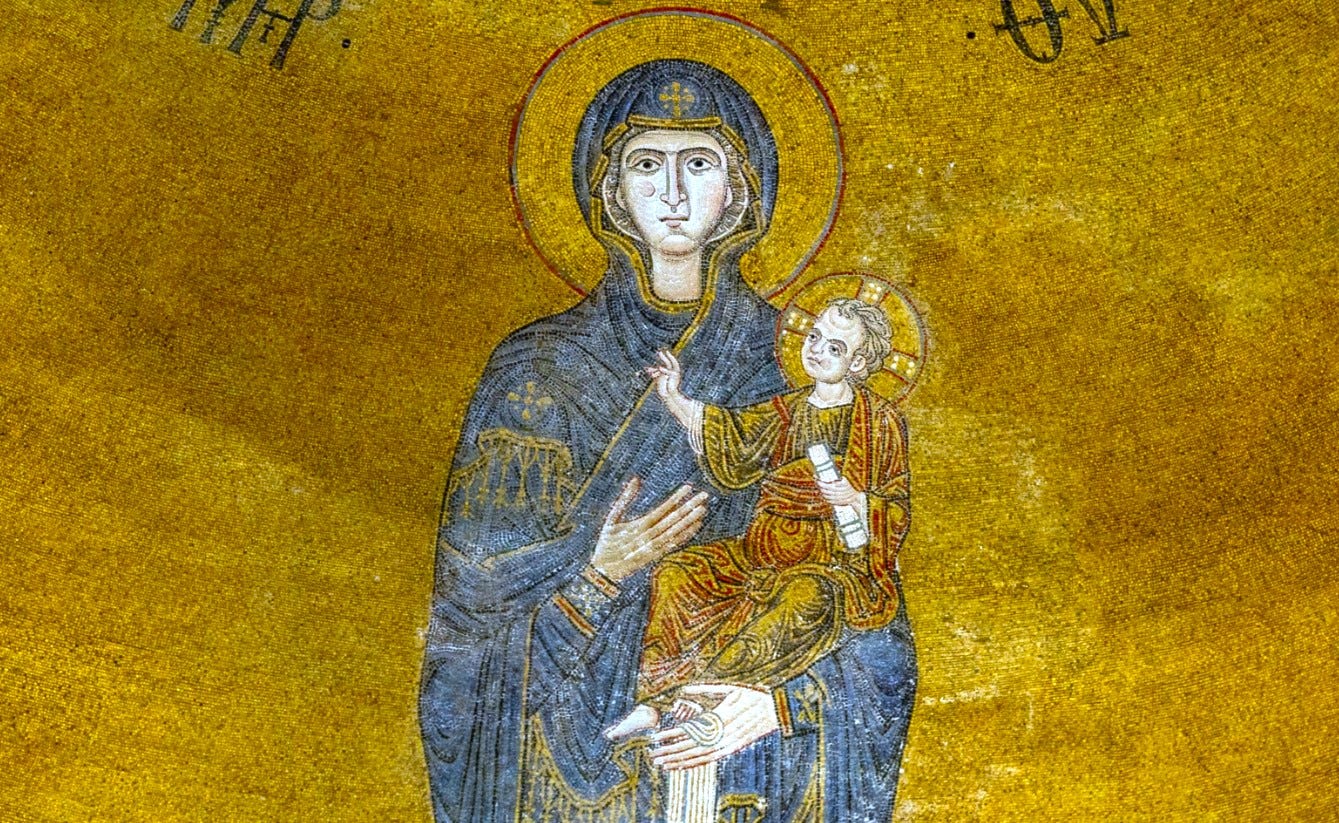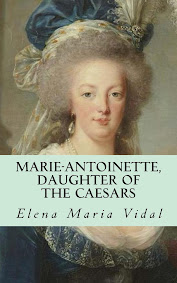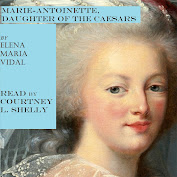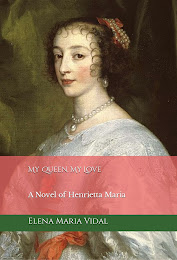
From Hilary White at The Sacred Images Project:
ShareMany western Christians who are not regularly exposed to them have an idea that all Byzantine or “eastern” iconography looks the same.
It’s easy to see why: after 500+ years of adulating the illusionistic naturalism of the Renaissance, the stylized, formal and symbolic aesthetic of Byzantine icons can seem like a foreign world. And I think these stylistic differences are a big part of what keeps the two sides separated.
We westerners, used to our naturalism, tend to not think much about them, and assume that they’re all more or less the same. And it’s true that the forms have a visual stylistic consistency; we know what “Byzantine icons” means. But once you start looking more closely, we see there is a much more complex and historically nuanced development, as there is in western art. Over the centuries, Byzantine iconography changed and developed dramatically, shaped by theological debates, political upheavals and cultural influences.
Our timeframe of iconography stretches across vast temporal and spatial distances, from the earliest frescoes of the catacombs in old Rome to the deeply symbolic, highly stylized icons of post-Byzantine (Constantinopolitan) Orthodox traditions. And it was carried out to the outer corners of the Christian world; we can see the same motifs, the same language spoken, from Ireland, Scotland and Lindisfarne, to Cappadocia to Ethiopia. (Read more.)

















No comments:
Post a Comment